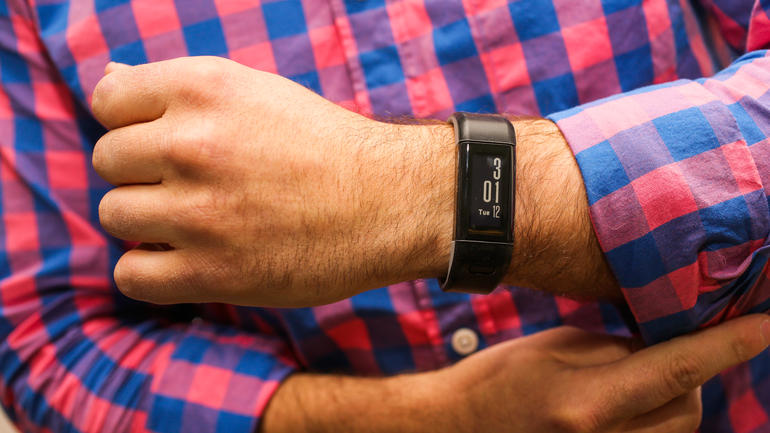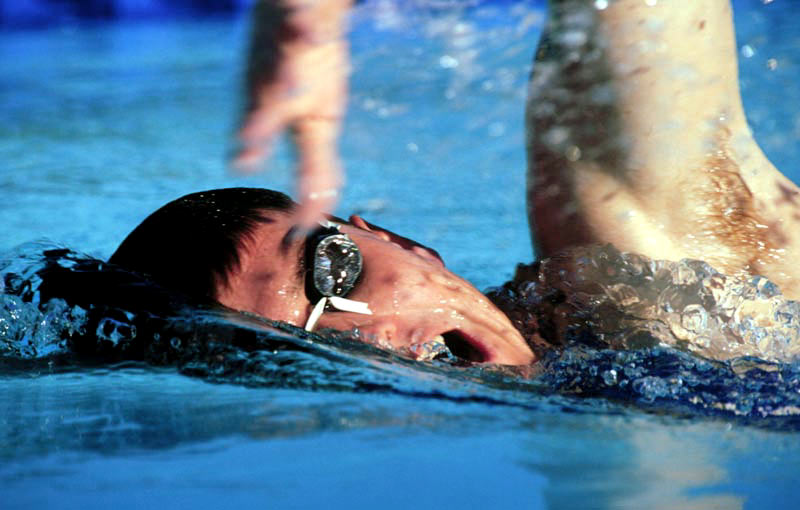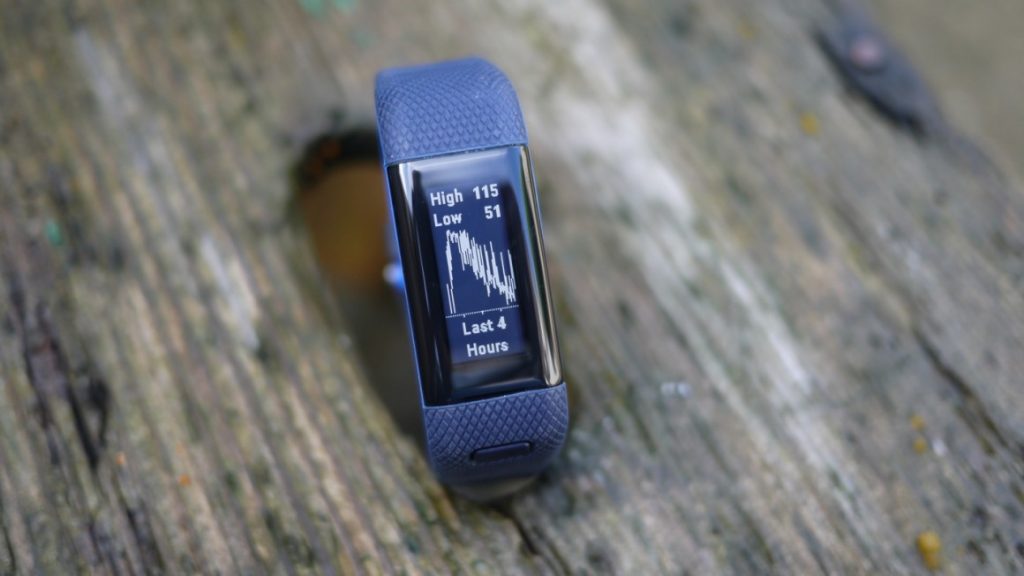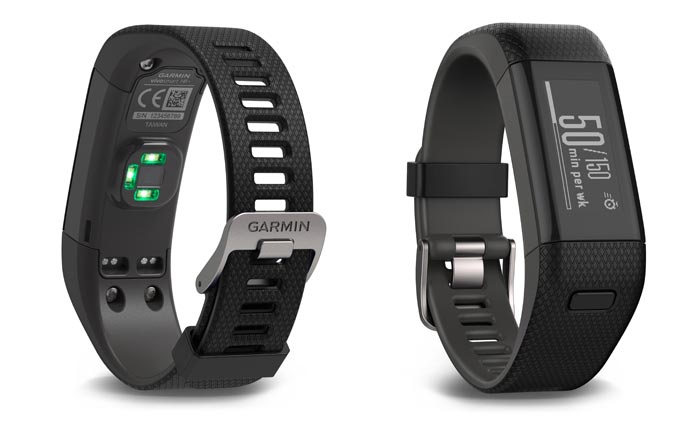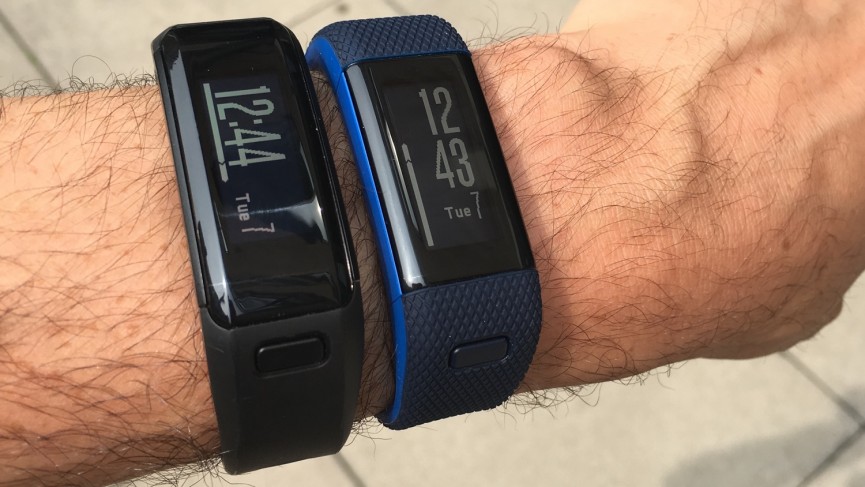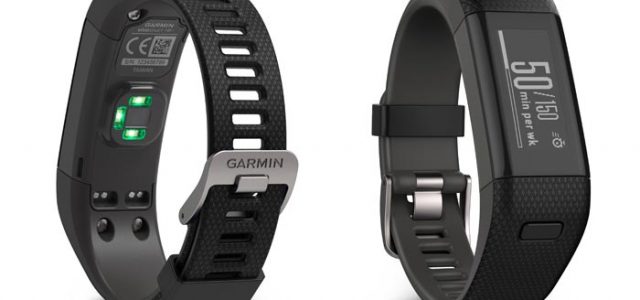
It seems like nobody has been able to nail the fitness tracker, except whoops, Garmin just did. Refreshing their Vivosmart HR, by adding a “+” and some key features, Garmin has broken away from the pack.
In case you are wondering, the HR+ does all the usual things we expect from a wearable. It sends notifications from your phone if you like, for things like incoming calls, texts, emails and the usual suspects.
There are rings that do as much, but the HR+ goes a little farther. It packs in fitness tracking, GPS, always on heart rate monitoring, and all in a waterproof package. The worst thing you can say about it is that it looks like a fitness tracker.
It packs in fitness tracking, GPS, always on heart rate monitoring, and all in a waterproof package. The worst thing you can say about the HR+ is that it looks like a fitness tracker.
Swim-ready
Tracking health data is a snoozer for listing features. For better or worse, most all fitness trackers and smartwatches track steps, calories, and sometimes heart rate. We’ll come back that heart rate thing.
A handful of fitness trackers let users wear the tracker in the water, but none of them offer a slimmer package than the HR+.
The Polar A300 does a pretty good job in the water, but is lost without GPS and doesn’t track heart rate. Garmin’s own, Swim smartwatch is obviously for swimming but doesn’t track heart rate or location. Don’t even bring up Jawbone’s waterproofing issues.
The HR+ may be the only fitness tracker this size which will be of value to triathletes. That said, it does not have specific software for measuring laps or any other swimming metrics. These, presumably, will come later with software updates.
GPS Enabled
As mentioned, the HR+ knows where you are on the earth. Many fitness trackers can perform this function, with a little help from your smartphone.
While the HR+ won’t play music for users, it won’t ask that they carry another device to measure their path. Not to mention, dunking your phone in the water is not usually a good idea.
To put the GPS functionality in perspective, the feature-packed Apple Watch, criticized by the CEO of FitBit for trying to do too much, does not have GPS.
Oh yeah, and Apple doesn’t recommend you swim with their watch.
Heart Rate Monitor
So what, it keeps track of your heart rate, right? Trackers and smartwatches have been doing that for years.
Say what you want about the value of heart rate to the future of wearables, for the time being it matters to consumers. The HR+, however, isn’t just tracking your heart when you run, it’s always tracking your heart rate.
The problem for fitness trackers with the always-tracking heart rate feature is battery life. For this reason, you may expect the HR+ to need daily charging. Nope. It lasts a week on one charge.
What’s even better, you can keep an eye on this data and more via the simple touchscreen display.
The HR+ will stick out on your wrist farther than most dumb watches, but not much more than other fitness trackers. It also comes in a lovely plastic casing, which is probably what we’re stuck with until science can find ways to make other materials lightweight, flexible and waterproof.
Other than those complaints, there is no reason the Garmin Vivosmart HR+ shouldn’t be on your wrist as soon as possible. In fact, it can.
Garmin is selling the HR+ right now.
